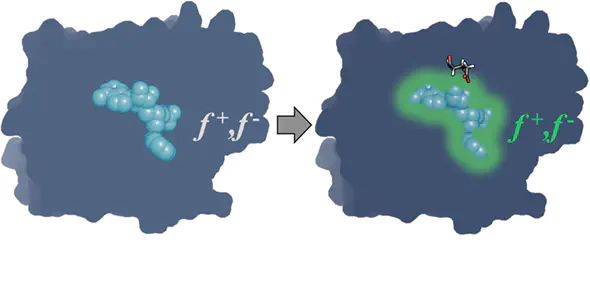Quantifying Electronic Effects in QM and QM/MM Biomolecular Modeling with the Fukui Function

Abstract
Multi-scale quantum-mechanical/molecular-mechanical (QM/MM) and large-scale QM simulation provide valuable insight into enzyme mechanism and structure-property relationships. Analysis of the electron density afforded through these methods can enhance our understanding of how the enzyme environment modulates reactivity at the enzyme active site. From this perspective, tools from conceptual density functional theory to interrogate electron densities can provide added insight into enzyme function. We recently introduced the highly parallelizable Fukui shift analysis (FSA) method, which identifies how frontier states of an active site are altered by the presence of an additional QM residue to identify when QM treatment of a residue is essential as a result of quantum-mechanically affecting the behavior of the active site. We now demonstrate and analyze distance and residue dependence of Fukui function shifts in pairs of residues representing different non-covalent interactions. We also show how the interpretation of the Fukui function as a measure of relative nucleophilicity provides insight into enzymes that carry out SN2 methyl transfer. The FSA method represents a promising approach for the systematic, unbiased determination of quantum mechanical effects in enzymes and for other complex systems that necessitate multi-scale modeling.